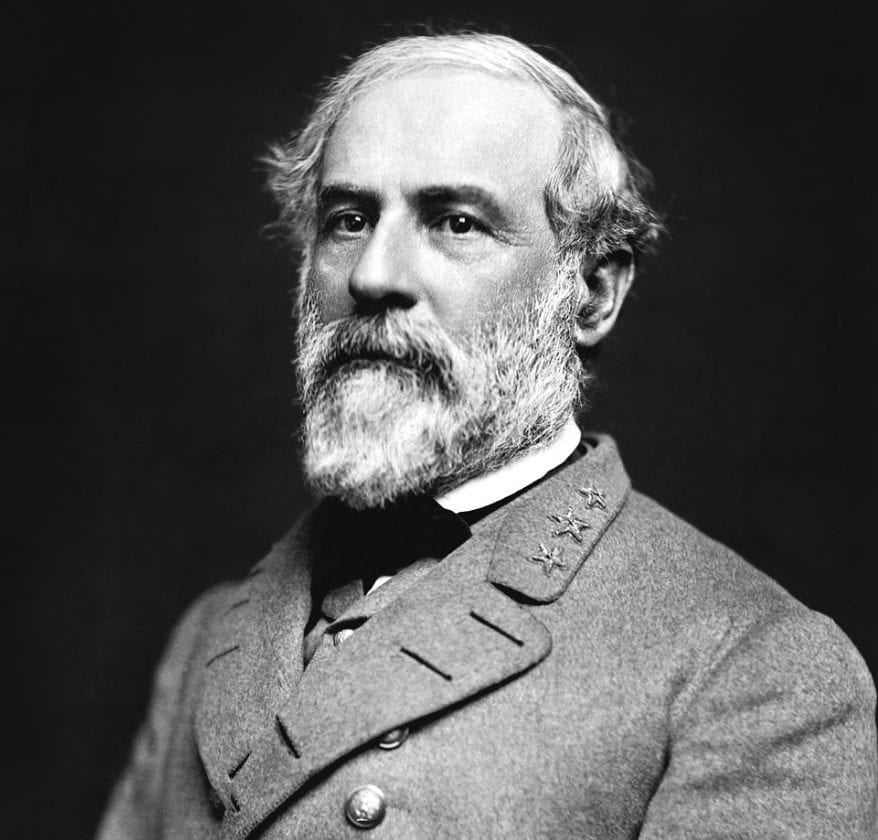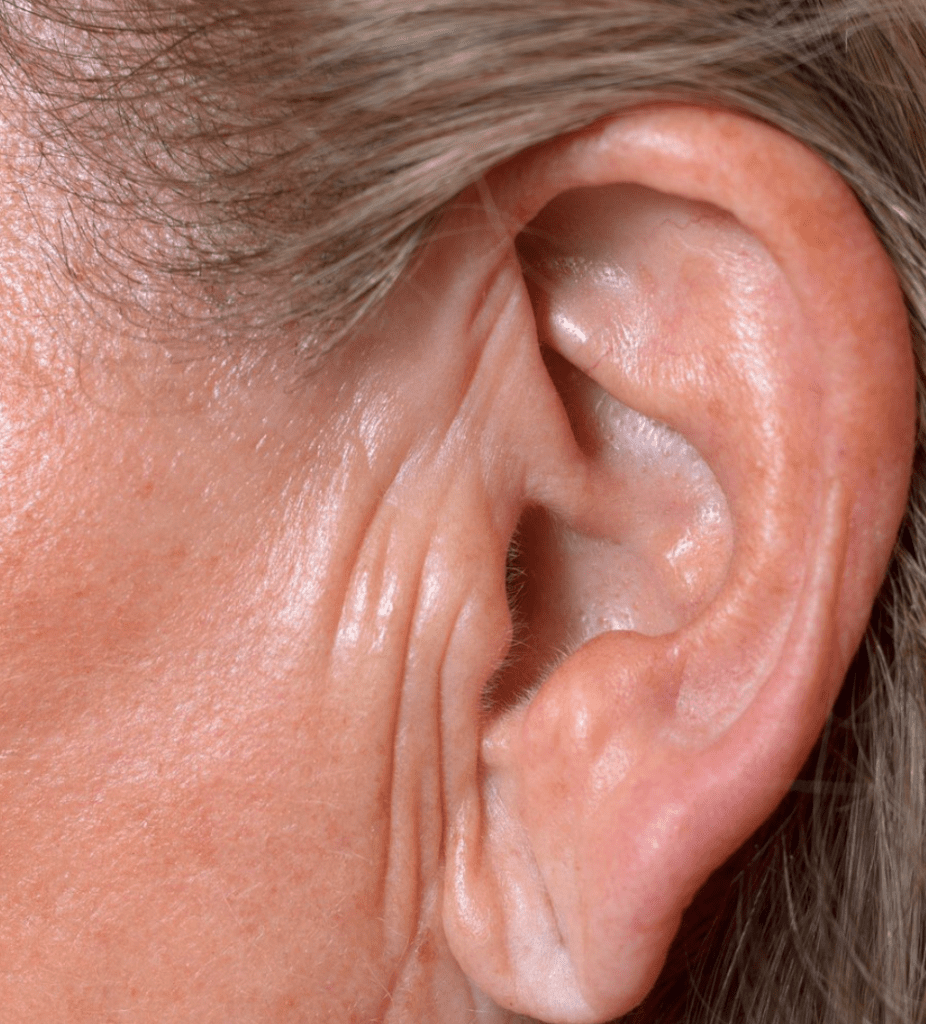General Robert E. Lee is more famous for his life than his death, though the latter is arguably more interesting (unless you’re a military buff, I guess). Lee had been in poor health since the end of the Civil War and described feeling unwell to his wife in letters. Doctors at the time had fewer diagnostic tools at their disposal, of course, and what was ailing Lee left them stumped.

Photo Credit: Wikipedia
The doctors treated his complaints with the medical lineup of the day – hot mustard plasters, footbaths, turpentine, ammonia, and, for double the fun, enemas. Nothing worked, and eventually, his mystery condition deteriorated and caused his death.
It may not be a mystery any longer, though, because a historian recently noticed a small crease in the general’s earlobe.
It turns out that several studies have been published that correlate the presence of a similar earlobe crease with heart disease.
Yeah.

Photo Credit: Wikipedia
Researchers first made the connection back in 1973, and since then over 120 studies have been done investigating the link. We still aren’t sure why (because human bodies are complex as f******ck), but scientists believe it has something to do with the elasticity of the earlobe and the way heart disease affects blood vessels.

Photo Credit: Twitter,HufPoLifestyle
But what about Lee? Did he have any symptoms other than the earlobe thing that would make historians buy into this whole heart disease theory?

Photo Credit: Wikipedia
It turns out, the answer is yes.
He reported an episode of chest pain in 1863, which eventually flared up whenever he exerted himself and, in the months before he died, was present even when he was at home with his feet up – a sure sign that a heart attack was coming.

Photo Credit: Facebook,Kenneth Orban
Even if doctors at the time had diagnosed Lee correctly, there wouldn’t have been much they could have done to slow or prevent the inevitable. Even today, end-stage heart failure is more likely than not to take a life.
I guess some things are just meant to be.






